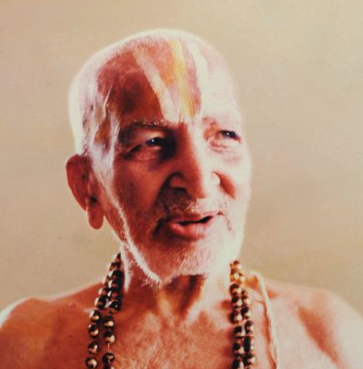
Inside Yoga 149 (16/11/2015)
In the written form, the traditional yoga text came as a series of short aphorisms, like lines of verse similar to poetry (though not in a rhyme as such) which presented the reader with a thought-provoking commentary designed to stimulate contemplation and inquiry.
With this in mind, here are a few lines from Yoganjalisaram, which was written by T Krishnamacharya (pictured), who is regarded as one of the most important yoga teachers from the last 100 years.
He lived to just over 100 years old, dying in 1989, and in his lifetime he is regarded as one of the people who brought yoga back to popularity in India. Yoga had lost its position as the principle form of education in India after the country’s British colonial masters deemed a “good British education” was the only way.
Krishnamacharya during his long life taught BKS Iyengar and K Pattabhi Jois, at different times, who separately started their own yoga schools (Iyengar and Ashtanga Vinyasa respectively) and became well known across the world. Krishnamarcharya also taught his son, TKV Desikachar who teaches in Chennai.
The sloka (verse) 27 I have chosen comes from Yoganjalisaram:
Asana will make the body light
Pranayama strengthens prana
Dharana purifies the intellect
Dhyana purifies the mind
Asanas are the postures we all practice, and many would have noticed how much lighter one feels after practice.
Pranayama are the breathing exercise which stimulate the flow of prana which is regarded as the energy that sustains life. No prana, no life; so therefore it does make sense to strengthen the prana we have within us. Remember nothing is static or fixed, because we must continually accumulate, or recharge, the amount of prana as we are using it up continuously. In other words, it’s our fuel.
Dharana means concentration, and many of the yogic exercises are designed to cultivate our ability to concentrate, as a means to an end.
Dhyana is meditation which according to this sloka purifies the mind. There is another way of explaining this, if we consider that yoga is designed to get rid of what we don’t need. Those who have meditated for periods of time, and repeatedly, will notice how there is an initial period of restlessness and multitude of thoughts, which as time passes during practice – and we continue to redirect our mind to the silence and concentration on the breath – that everything starts to go quieter, as our meditation becomes free of thoughts and less restless. This is the purification mentioned in the sloka.
In four lines this sloka sums up a lot of what yoga is all about.
Any questions or comments see panel below

10 years ago ·
[…] brother-in-law T Krishnamacharya who is regarded today as the father of modern yoga. (See my blog, https://www.yogabristol.co.uk/2015/11/16/yoga-in-four-lines/ […]